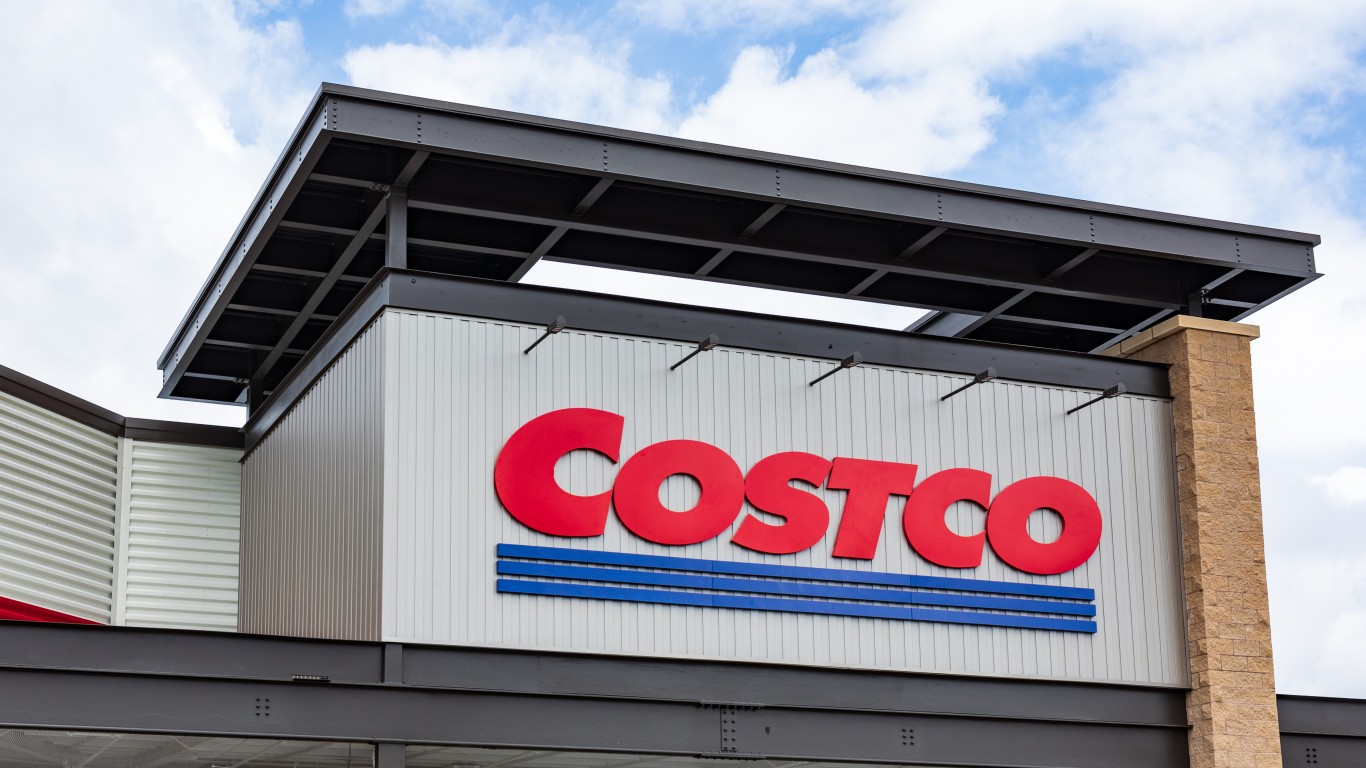
At the beginning of this year, Wal-Mart Stores Inc. (NYSE: WMT) announced its intentions to open a minimum of 200, and up to as many as 240, international stores throughout fiscal 2017. Fiscal 2016 was a tough year for the company, with operating income falling close to 12% across the year, and its stock price dropping 38% between January and November. Amid a flurry of domestic store closures, shareholders will be looking to the international expansion strategy to reverse the retail giant’s fortunes.
The question is where is there left for Wal-Mart to go? The company had some high-profile flops last decade, having attempted to penetrate valuable markets such as the then $400 billion German retail market before pulling out shortly after, and an almost identical failed attempt in South Korea. More recently, it has just as publicly struggled in Brazil and Mexico.
If the company is to expand internationally beyond its already established marketplaces, it’s going to need to find some fresh regions. Where should it be looking? To answer, we’ve first got to consider its strategy. The company has had the most success in regions where it has gone all out on entry, rather than start small. This, coupled with a willingness to avoid the forcing of its Wal-Mart brand on the domestic population, has spawned some of its most rewarding expansions. In the United Kingdom, for example, Wal-Mart bought the entire Asda chain, the country’s number one grocery retailer at the time, and maintained the Asda brand and shopping environment. The brand is now number two, second to Tesco, but still accounts for close to 45% of Wal-Mart’s entire international revenues.
With this in mind, we’re looking for a market that has an established retail leader or leaders that Wal-Mart can buy in their entirety. Additionally, the company should be focusing on using its global scale to reduce prices for customers, while also maintaining the local shopping environment to keep current customers coming through its doors.
One possible region that fits these criteria is Russia, and its hypermarket chain Lenta. Wal-Mart courted Lenta as far back as 201, but failed to close anything in the wake of the Western economic downturn. The chain has 174 locations across Russia, with nearly 1 million square meters of floor space in Moscow and St. Petersburg alone, and it employs close to 40,000 people. The Russian retail market is expected to expand to $25 trillion this year, up from $24 trillion last year. If Wal-Mart wants to gain a rapid and sizable exposure to these sales, a Lenta buyout may not be a bad idea.
The second growth region over the next 12 to 24 months is going to be China. Wal-Mart already holds more than 400 stores in China, and despite initially claiming it was slowing its Chinese operational expansion back in August last year, it more recently said it plans to open 115 new locations before 2017. Additionally, the retail giant is set to open what looks to be the first wave of a new strategy, a foray into shopping centers and malls. Chinese economic expansion may have taken a hit recently, and looks set to struggle further going forward, but this doesn’t negate the opportunity for Wal-Mart if it can capture a portion of the nation’s retail space.
By Matt Winkler
It’s Your Money, Your Future—Own It (sponsor)
Are you ahead, or behind on retirement? For families with more than $500,000 saved for retirement, finding a financial advisor who puts your interest first can be the difference, and today it’s easier than ever. SmartAsset’s free tool matches you with up to three fiduciary financial advisors who serve your area in minutes. Each advisor has been carefully vetted and must act in your best interests. Start your search now.
If you’ve saved and built a substantial nest egg for you and your family, don’t delay; get started right here and help your retirement dreams become a retirement reality.
Thank you for reading! Have some feedback for us?
Contact the 24/7 Wall St. editorial team.




